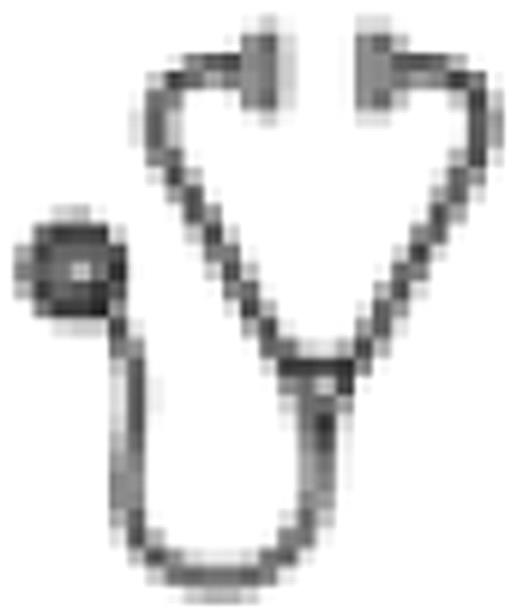Abstract
Rituximab, the monoclonal antibody against CD20 on B-lymphocytes, has been widely used for more than a dozen years for lymphoproliferative and autoimmune diseases. Late onset neutropenia (LON) has been appreciated in the last few years, but its clinical spectrum is not well-defined.
We retrospectively reviewed charts on patients in our Hematology clinic from 2001 to 2011 who received rituximab and suffered neutropenia, defined as grade 3–4 neutropenia (neutrophil count <1.0×109). LON occurred more than 4 weeks after last treatment with rituximab.
Twelve patients were identified who had rituximab LON. Median age was 56.5 (25–78) and 50% were male. Of six patients retreated with rituximab after an initial episode of LON, three had at least one recurrent event, so the total number of analyzed episodes was 20. Four patients had Diffuse Large B Cell Lymphoma (DLBCL), 2 had Small Lymphocytic Lymphoma, 2 had Follicular Lymphoma, 2 had Acute Lymphoblastic Leukemia and 2 had idiopathic Autoimmune Hemolytic Anemia (AIHA). While the two patients with AIHA received only rituximab, all other patients received concomitant chemotherapy. Median time to LON was 99 days from the last rituximab dose. Median time to first LON was 95 days and with subsequent episodes was 99 days. The median neutrophil count nadir was 159.5/mm3 with four patients having absolute neutrophil count (ANC) of zero, including both AIHA patients. The episodes resolved in a median of 5 days, with 15 episodes treated with colony stimulating factors. Ten percent of episodes were complicated by febrile neutropenia, but there were no deaths.
Patients were frequently on contemporaneous medications which frequently were initially blamed for the neutropenia, but prior and subsequent time courses clearly implicated rituximab. These included one patient on herbal medicines, two on ACE inhibitor anti-hypertensives and two on maintenance 6-mercaptopurine and/or methotrexate. Seven out of 10 patients who received previous chemotherapy had prior GCSF exposure due to neutropenia during previous chemotherapy. At onset of 10 out of 20 LON episodes, bone marrow biopsies were performed. The most common findings were myeloid hypoplasia (3/10) and myeloid dysplasia (2/10). 15 out of 20 episodes of LON were treated with GCSF.
LON appears to be much more common than has been realized, reported in 3–27% in published literature. One recent study has implicated imbalanced recovery of B cell clones with stromal derived factor-1 deficiency in the pathogenesis of rituximab LON. The neutropenia can be severe and life-threatening, although fortunately there were no deaths among our patients. We found that LON occurs with malignant and benign disorders, with or without concomitant chemotherapy. This potential problem should be considered when making therapeutic decisions on the use of rituximab, and increased awareness could lead to interventions minimizing patient risk.
No relevant conflicts of interest to declare.

This icon denotes a clinically relevant abstract
Author notes
Asterisk with author names denotes non-ASH members.

